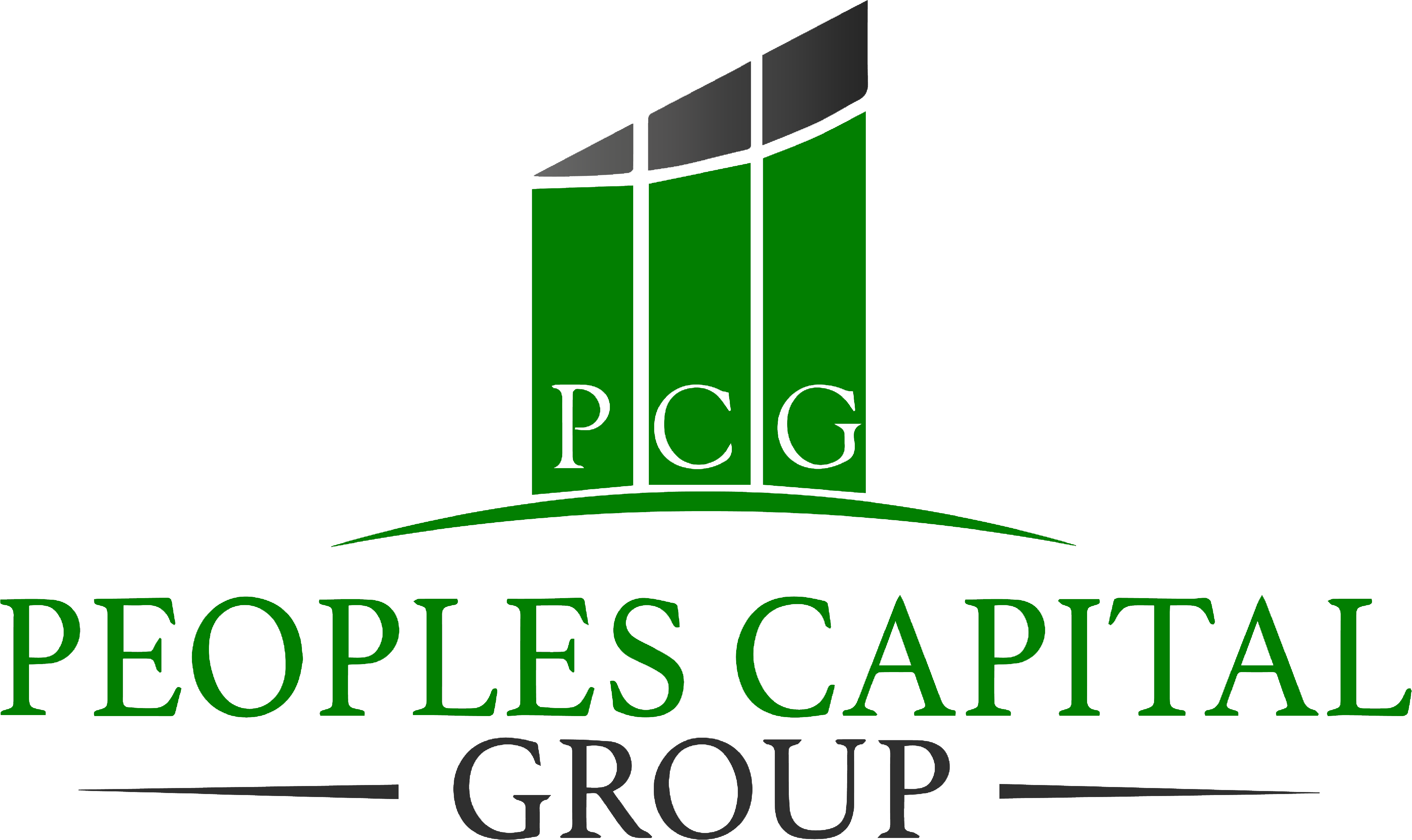Having $50k to invest opens up a lot of possibilities, whether you recently earned a large paycheck or saved the money over time. A plethora of choices, on the other hand, may be both a benefit and a burden. It might be difficult to identify what distinguishes each investment when you have a large number of options.
We’ll cut through the noise in this tutorial by analyzing eight alternative techniques for investing $50,000.
We’ll go through the benefits and drawbacks of each technique, as well as how to get started. So read on to find out all you need to know how to invest $50k.

What should I do before I start investing?
You must first determine what sort of investor you are before you begin investing. To begin, you should think about your risk tolerance. There are three different types of risk tolerance.
- Bold Investors:
Bold investors are prepared to take on a high level of risk in order to maximize their prospective gains. Aggressive portfolios are frequently substantially invested in equities, with a particular concentration on growth firms with higher volatility.
- Moderate Investors:
Moderate investors are ready to accept some short-term risk in exchange for larger long-term potential gains. Moderate portfolios are often well-balanced between stocks and low-volatility assets like bonds.
- Cautious Investors:
Cautious investors are conservative investors who have a low-risk tolerance and place a high value on capital preservation. Conservative portfolios are often heavy on bonds and other fixed-income assets, with low exposure to stocks.
Consider your timeframe while determining your tolerance for risk. Someone planning to retire in 33 years may be more ready to ride out market downturns than someone planning to retire in three years.
You should also think about the size of your portfolio. The bigger your portfolio is, the more risk you can take on. For example, if a $5 million retirement portfolio loses 10% of its value, you’ll still have $4.5 million. However, a 10% loss on a $500,000 portfolio (reducing it to $450,000) might cause some retirees to be concerned about outliving their funds.
Active or Passive Investing?
The only aspect of your investor profile that you’ll want to figure out before you start investing is your risk tolerance. You should also think about whether you want to invest actively or passively.
You (or your fund manager or financial advisor) pick each of your investments with active investing. Passive investment, on the other hand, often entails buying and holding benchmark indexes through ETFs or mutual funds.
Active investing might be a good option if you’re ready to put in the effort to study options or pay someone else to do it for you. Passive investing on your own or with a Robo-advisor may be the way to go if you’re looking for a “set-it-and-forget-it” method.
Flip a house

One way to invest $50,000 in real estate is to flip houses. Because flipping real estate entails purchasing a distressed property in its current form, you may take advantage of low-cost real estate possibilities. Not only would the $50,000 cover the down payment for an investment property (which should be approximately 20% of the property’s worth), but it will also cover closing charges and maybe part, if not all, of the repair expenditures.
Here’s an example of how you can use this method to invest $50,000 wisely:
You make the decision to buy a foreclosed investment property. On the open market, the house is worth $300,000. However, due to its bad state, you may buy it for $250,000. So, instead of paying $50,000 for a down payment, you pay $40,000 since the house is undervalued (although certain money lenders may want less, depending on their down payment criteria). You’re now down to $30,000 in your bank account.
When you compute the repair costs, you’ll find that they’ll be between $25,000 and $30,000. What does that mean, exactly?
Simply said, it means you’ve benefited on several levels. To begin, you buy a cheap piece of real estate.
You were then able to save money on the down payment and use it to renovate your home. Finally, despite the fact that the entire investment property cost only $250,000, you now possess a property worth $300,000 or maybe more once it’s rehabilitated (forced appreciation).
Be cautious: property flipping is one of the most lucrative short-term ventures. However, the risks are greater than those involved with other types of real estate investing. As a consequence, do your homework beforehand before jumping in.
Buy short-term/vacation rental

Rental homes are a smart way to invest $50,000 in real estate with the less risk than flipping real estate.
Regardless of who you ask or where you go, you’ll always hear that investing $50,000 in rental homes is the best alternative for income. $50,000 is enough money to put into not just one, but maybe two rental homes if you’re investing on your own.
You may use the $50k toward a down payment on two $100-120k investment properties. A small apartment, a condominium, a multi-family property, a single-family house, or two standard units in a building are all viable options. The beauty of real estate investing is that you may invest in a variety of different types of properties.
However, management of short term rental properties is very time consuming and not for people seeking a passive investment experience.
Turnkey Properties

For first-time real estate investors with no prior experience, a turnkey investment property is one of the best options. This investing method allows you to gain money by putting in the least amount of effort possible. Contact a turnkey firm that has a few rental homes in its portfolio that are already occupied and producing rental revenue.
All you have to do in this situation is pay the down payment, secure the remainder from a lender, and take possession of the investment property. The turnkey firm will have previously conducted an analysis of the investment property and will continue to manage it after you have purchased it. Just make sure you have a good property management company in place to avoid headaches and costly mistakes.
Invest indirectly in real estate
If you don’t want to be completely involved in your real estate investments, here are some passive investment ideas.
Real Estate Crowdfundings or Syndications
If we look at the definitions, a real estate syndication and a real estate crowdfund are technically the same thing. Both are novel approaches to combining financial resources to support large-scale real estate developments. Real estate crowdfunding, on the other hand, is usually done online. To put it another way, a crowdfund allows you to identify a website online and invest through it. The only variation is in the way the money is pooled.
Now, why are syndications and crowdfunds such a good idea for a $50,000 real estate investment? Both need little cash (no outside investment) and are examples of passive income investing, according to the answer. In terms of capital, $50,000 is more than enough to invest in these techniques.
With the money you have, you may potentially invest in a number of initiatives. There are no better ways to invest $50,000 in real estate without having to be engaged than these two. So, except for investing your capital and receiving your portion of the earnings, you will have little to no involvement in the project.
REITs
Real estate investment trusts (REITs) are a type of organization that invests in real estate. However, REITs vary from the next two types of investments (syndication and crowdfunding) in that you invest in the REITs’ equities rather than the real property. As a result, your financial outlay might be as low as the cost of each stock you purchase from the firm.
There are many different types of REITs available in the United States, which means you have a lot of alternatives. Private REITs, public exchange-traded REITs, and public non-traded REITs are all available. In terms of liquidity, the minimum amount you must invest, the restrictions they must follow, and a few other criteria, each form is unique.
Whatever you decide, make sure you do a thorough study on a few possibilities before making a decision. Some are considered high-risk investments, while others are deemed low-risk. As a newbie, you should choose the second choice.
Real Estate Partnerships
Any real estate investment strategy may be made possible with the help of a business partner. You may also engage in large-scale real estate investments if you have a particular quantity of money (in this case, $50,000 is sufficient). Having a partner or two, for example, will allow you to get started with multi-family real estate investing in a shorter period of time. You’ll be able to expand your real estate portfolio more quickly and, of course, make returns sooner than if you were doing it all yourself..

Other Investment Options
Mutual Funds and ETFs
You don’t want to spend the time and effort it takes to locate and invest in hundreds of different stocks? ETFs and mutual funds are popular with non-professional investors because they share this sentiment.
When you invest in funds, you give up some control because you don’t get to pick each of the underlying stocks. However, you will save a lot of time and effort as a result of this. And many investors are very content with this compromise.
ETFs and mutual funds are stock, bond, and other asset baskets that aggregate investor funds. Buying only one share of each form of investment can give quick diversification over dozens or hundreds of assets. Both provide index-tracking and actively managed choices, with index versions often having lower expense ratios.
While ETFs and mutual funds are extremely similar, only ETFs, like stocks, may be purchased and sold during regular market hours. In addition, unlike many mutual funds, they do not have minimum investment restrictions. ETFs have exploded in popularity over the last decade as a result of these benefits.
Check Out Robo-Advisor Services
While investing in ETFs and mutual funds is less time-consuming than investing in stocks, they do require some continuing upkeep. For starters, you’ll need to monitor your asset allocation on a regular basis and rebalance it if it deviates too much from your aim. As you become older and closer to retirement, you’ll need to change your goal asset allocation.
Many investors used to employ financial advisors to undertake portfolio management duties like this. However, many Robo-advisors nowadays can do these activities automatically and for a nominal advising charge.
Start an Emergency Fund
Did you know that 51% of Americans have less than three months’ worth of money in case of an emergency? Or that only 31% of Americans could cover a $1,000 unexpected expense? Worse yet, 40% of Americans do not have $400 in emergency savings, and many do not have any emergency savings at all.
If you have a spare $50,000 spare, now might be the time to put it to good use.
The trick is that there is no generally applicable monetary figure. The amount of money you need in an emergency fund is determined by how much you spend. In general, you should have enough money to cover all of your costs for three months at the very least, and six months if possible. You’ll arrive at the figure by adding together all of your important monthly expenses such as:
- Housing / Utilities,
- Transportation,
- Health-care services,
- Food,
- Debts,
- Individual expenses.
Let’s suppose your rent is $3,000 per month, plus $500 for utilities, $100 for Internet, $500 for health insurance, $200 for your student loan, $200 for public transit or your automobile, and $200 for food. That implies you’ll need at least $4,600 in emergency savings per month to break even or $13,800 for three months or $27,600 for six months.
Keep in mind to round up and be honest. If your estimates contain less than you truly spend each month, you won’t be doing yourself any favors.
Invest into your Retirement
If you have a 401(k) plan via your job and aren’t currently contributing the optimum, your $50k can help you get there. You won’t be able to make lump-sum deposits, but you may delay the maximum amount from your salary and reimburse yourself from your $50k. You may also take advantage of company matching contributions, which essentially amounts to free money.
An individual retirement account (IRA) is your new best friend if you don’t have a 401(k) plan. Even if you already have a 401(k), it’s a smart idea to open an IRA—you may legally have both accounts, and an IRA allows you a lot more flexibility in terms of investing. This is especially beneficial if you’ve already maxed out your 401(k) contributions, since you may continue to contribute to your IRA and get double the retirement impact for your dollars.

Invest in Stock Market
To trade equities these days, you don’t need a stockbroker. Instead, you may open an online brokerage account with stock investment companies. Choose a firm that provides new investors with an easy-to-use interface and tools.
After you’ve decided on an online broker, open an account and fund it with the amount you want to invest. Make a strategy for yourself and figure out how much you can afford to lose before picking stocks.

Bonds
Purchasing a bond entails purchasing debt and collecting interest and principle. Bonds can be purchased in the same way that stocks are.
Bonds, like any other investment, contain some risk, although a very minimal one. Your bond, for example, might default.
When interest rates rise, a bond’s value decreases. This implies that if you sell a bond before it matures, you may receive less than the original purchase price.
Bonds must usually be obtained through a broker. T-bonds, on the other hand, can be purchased straight from the government.
Conclusion
A $50k investment can be made in a variety of ways. The best investments for you will be determined by several criteria, including your age, risk tolerance, and financial objectives.
In only a few years, $50,000 invested in real estate may put you on the road to financial independence.
Your original investment of $50K might convert into more than $100K in under five years if you acquire two excellent homes with high cash flow on the secondary market. Then, using the same investing method, you may continue to expand your real estate portfolio by purchasing more rental properties.





